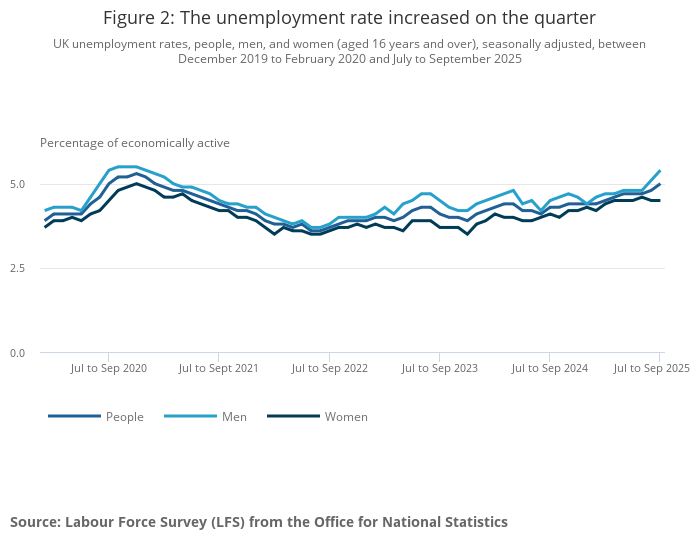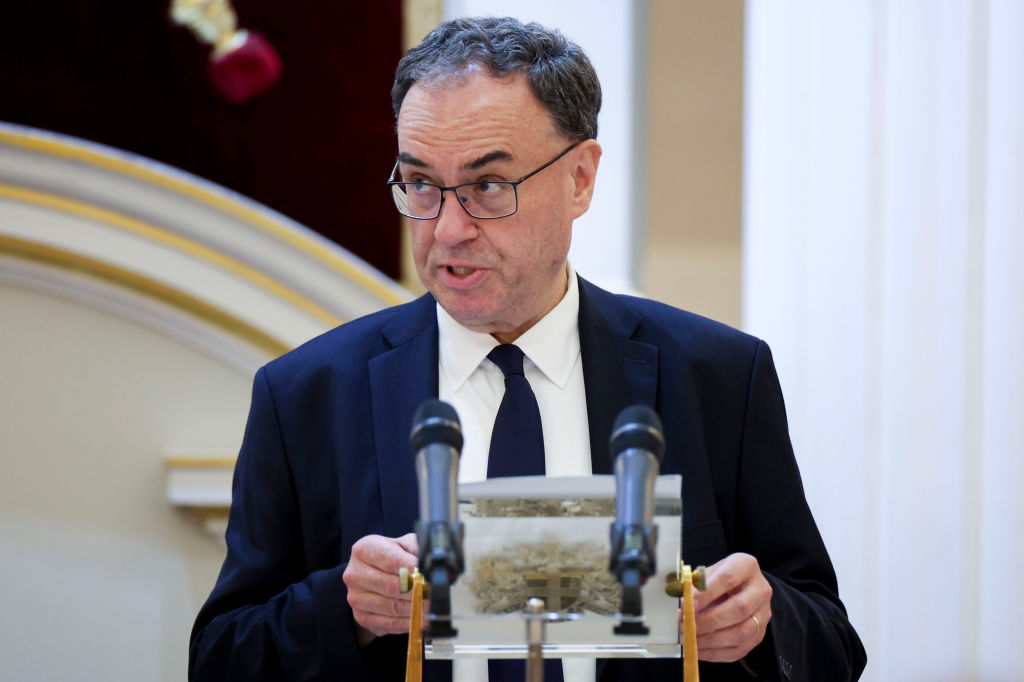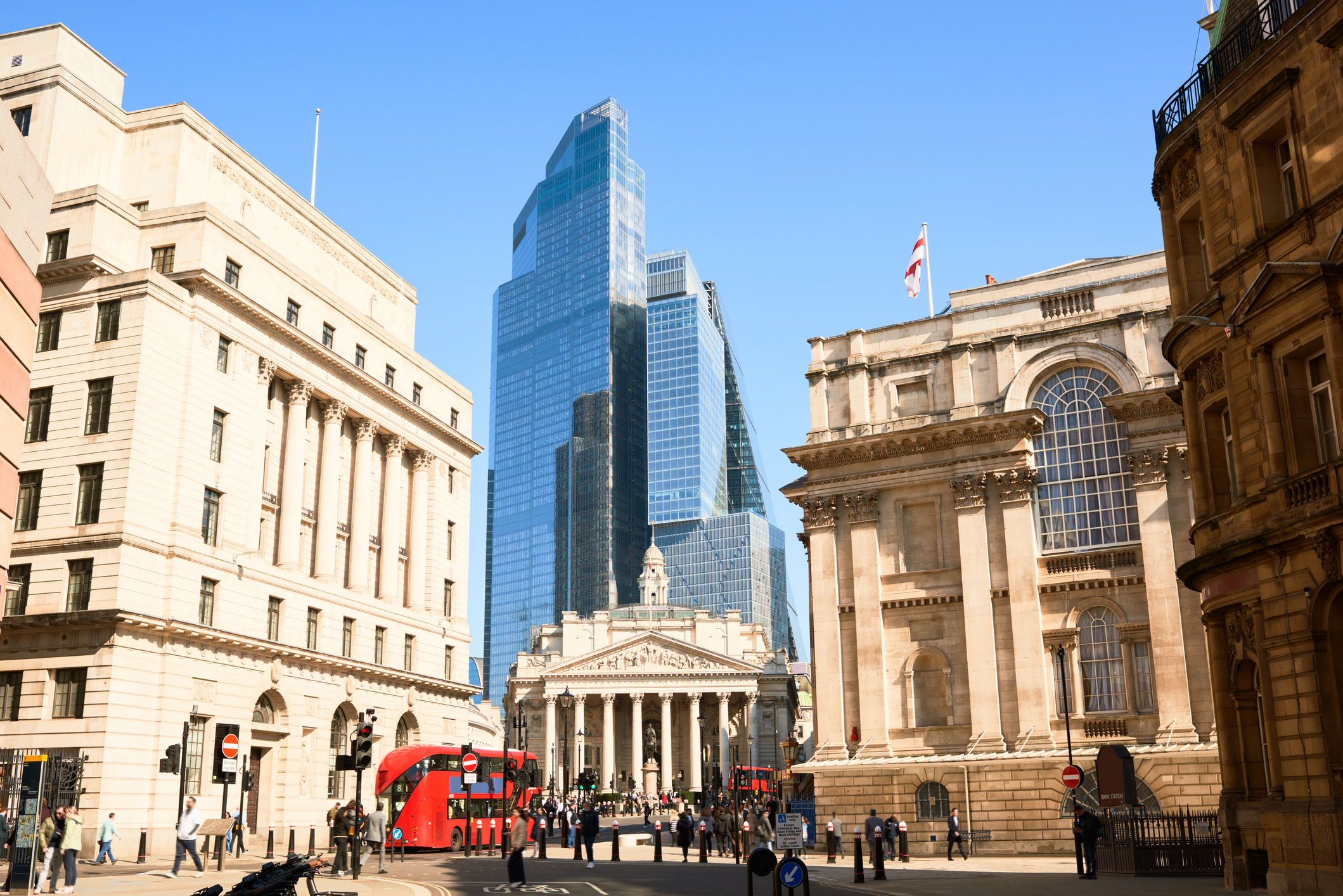Unemployment hits highest level since 2021 as jobs market cools
Average wages are also slowing ahead of the Autumn Budget this month


Unemployment has risen to its highest level in almost four years as the jobs market shows signs of weakening.
The rate of unemployment rose to 5% in the three months to September, according to the latest data from the Office for National Statistics (ONS).
This is up from 4.7% between May and July and 4.6% from February to April. It is also a year-on-year rise from 2024, when unemployment was 4.3% in the three months to September.
MoneyWeek
Subscribe to MoneyWeek today and get your first six magazine issues absolutely FREE

Sign up to Money Morning
Don't miss the latest investment and personal finances news, market analysis, plus money-saving tips with our free twice-daily newsletter
Don't miss the latest investment and personal finances news, market analysis, plus money-saving tips with our free twice-daily newsletter
The last time the unemployment rate, which applies to workers aged 16 and over, was as high as 5% was between December 2020 and February 2021, at the height of the coronavirus pandemic.
Growth in employee’s average regular earnings, excluding bonuses, between July and September was 4.6%, down from 4.7% over the three months to August.
Liz McKeown, director of economic statistics at the ONS, said the jobs and wages data showed the labour market was softening.
“The number of people on payroll is falling, with revised tax data now showing falls in most of the last 12 months.
“Meanwhile the unemployment rate is up in the latest quarter to a post-pandemic high. The number of job vacancies, however, remains broadly unchanged.”

Wage growth continues to slow
The last time average wage growth was as low as 4.6% was in February to April 2022, when wages grew by 4.5%.
Average wage growth, including bonuses, was 4.8% in the three months to September, down from 5% between June and August.
It was higher across the public sector, with salaries rising by 6.6% in the three months to September versus 4.2% across the private sector.
Wages continue to outpace inflation, with the latest figures from the ONS showing the CPI measure rose at 3.8% in the year to September, the same as the month before.
Alice Haine, personal finance analyst at investment platform Bestinvest by Evelyn Partners, said rising costs for employers, economic uncertainty and fears over potential future tax rises were stunting the labour market.
“With the Autumn Budget looming and scant positive economic data to latch onto, employers are understandably cautious about expanding their workforce as they brace for potential tax increases,” Haine said.
Employer National Insurance contributions were hiked in April while the National Minimum Wage rose to £12.21.
A recent survey from recruitment company Reed found almost half of employers are scaling back on hiring new staff in response to the increase in NICs.
“At the same time, the growing adoption of artificial intelligence tools to drive efficiency means many businesses anticipate reducing headcount in the months ahead,” Haine added.
David Morel, chief executive officer at London-based firm Tiger Recruitment, said the relative ease and cost-effectiveness of hiring talent from outside the UK, combined with concerns about the Employment Rights Bill, were also creating a weaker jobs market.
“The problem is that there is little light at the end of the tunnel and radical changes are needed to stop the rot,” said Morel.
Weakening jobs market could lead to falling interest rates
A weakening jobs market could lead to falling interest rates if the Bank of England (BoE) feels it has to try and encourage growth in the UK economy.
The BoE’s Monetary Policy Committee next meets in December to decide whether to keep interest rates at 4%, increase or lower them.
In its most recent meeting on 6 November, the MPC held rates at 4% ahead of the Autumn Budget as it signalled inflation had peaked at 3.8%.
Get the latest financial news, insights and expert analysis from our award-winning MoneyWeek team, to help you understand what really matters when it comes to your finances.

Sam has a background in personal finance writing, having spent more than three years working on the money desk at The Sun.
He has a particular interest and experience covering the housing market, savings and policy.
Sam believes in making personal finance subjects accessible to all, so people can make better decisions with their money.
He studied Hispanic Studies at the University of Nottingham, graduating in 2015.
Outside of work, Sam enjoys reading, cooking, travelling and taking part in the occasional park run!
-
 Autumn Budget tax changes: how is your generation affected?
Autumn Budget tax changes: how is your generation affected?The chancellor expects everyone to do their bit to boost the nation's finances but the tax burden is by no means shared equally
-
 Revealed: pension savers ditch investment trusts and favour passive funds
Revealed: pension savers ditch investment trusts and favour passive fundsDemand for investment trusts is cooling among self-invested personal pension (Sipp) customers, who are increasingly choosing money market funds, passive funds and individual shares
-
 Why investors can no longer trust traditional statistical indicators
Why investors can no longer trust traditional statistical indicatorsOpinion The statistical indicators and data investors have relied on for decades are no longer fit for purpose. It's time to move on, says Helen Thomas
-
 Is the Office for National Statistics fit for purpose?
Is the Office for National Statistics fit for purpose?Britain’s statistics authority, the Office for National Statistics, is increasingly unfit for purpose. Why, and what can be done?
-
 UK inflation forecast: where are prices heading next?
UK inflation forecast: where are prices heading next?UK inflation fell in October. But what impact has the Budget had? Will this fall be sustained, or should consumers brace for higher inflation readings in 2026?
-
 Uncertainty ahead of the Budget causes house price growth to stall, says Rightmove
Uncertainty ahead of the Budget causes house price growth to stall, says RightmoveProperty website Rightmove says asking prices increased by just 0.3% in October, well below the 1.3% average for the month
-
 ONS: UK economy grows by just 0.1% in three months to September ahead of Autumn Budget
ONS: UK economy grows by just 0.1% in three months to September ahead of Autumn BudgetQuarterly growth was hit by a drop-off in the manufacturing sector in part due to a major cyber incident at car producer Jaguar
-
 UK GDP: UK economy stagnates
UK GDP: UK economy stagnatesLatest GDP data shows the UK economy showed no growth in the third quarter of the year due to rising interest rates. But have we side-stepped a recession?
-
 ONS: UK economy recovered from pandemic faster than previously thought
ONS: UK economy recovered from pandemic faster than previously thoughtRevisions from the ONS showed the UK economy has grown since the pandemic, while the latest data showed GDP grew in the second quarter of 2023.
-
 UK economy avoids stagnation with surprise growth
UK economy avoids stagnation with surprise growthGross domestic product increased by 0.2% in the second quarter and by 0.5% in June